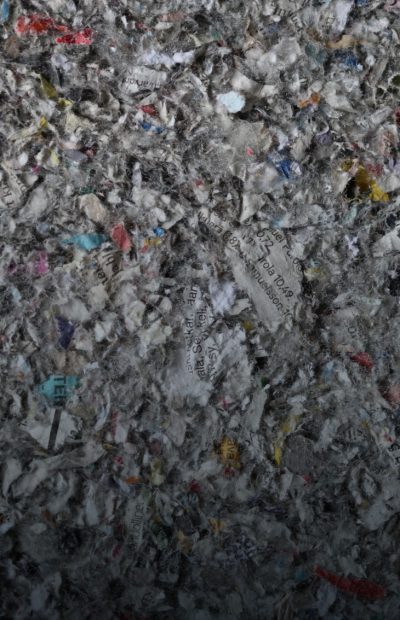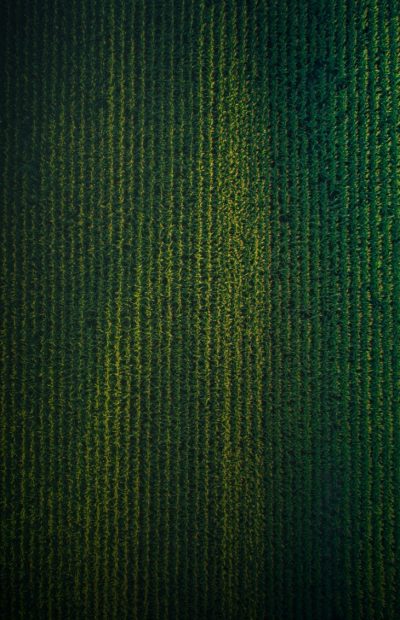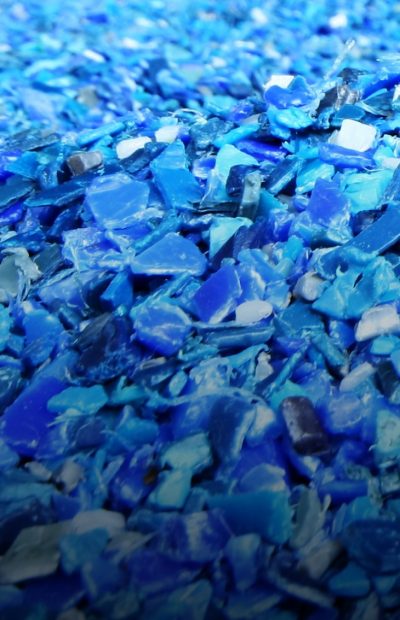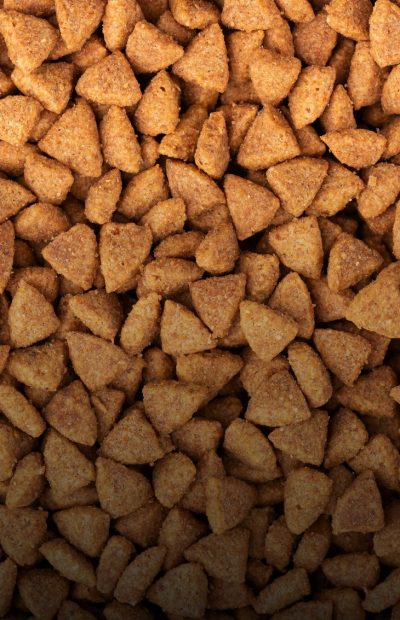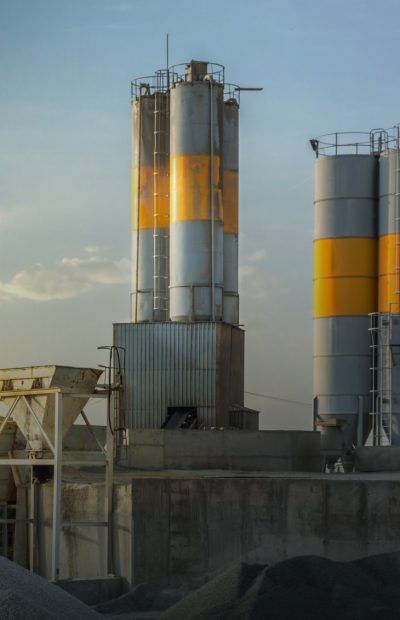Drying Systems for Industry & Bulk Materials
Efficiency and quality for industrial processes

Whether bulk materials, chemical products, or mineral raw materials – industry places the highest demands on precise drying technology. From fly ash and hydrated lime to cellulose granules and plastic pellets: The correct residual moisture ensures processability, storage stability, and quality. Hans Binder develops modular drying systems for industry that are efficient, flexible, and precisely tailored to your production processes.
Unbeatable Advantages at a Glance:
Optimized further processing
Drying increases flowability, storage stability, and product consistency.
Flexible energy options
Use of waste heat, gas, steam, or electricity depending on location.
Modular & expandable
Individual adaptation to production plants and future capacities.
Precise residual moisture
Precise drying for consistent quality and storage stability.

Industrial bulk materials
From fly ash to hydrated lime – bulk materials require controlled drying to optimize volume, weight, and material properties for transport and further processing.

Cellulose granules
Chemical pulp is used to create products such as viscose, lyocell, cuprammonium rayon, or films. The granules are used, for example, as insulation material. Before further processing, moisture must be removed from the starting material to ensure stability, quality, and storage stability.

Color and mineral pigments
Moisture affects the color brilliance, structure, and processing of pigments. Precise temperature and humidity control ensures that mineral and color pigments remain consistently high quality.

Plastic granules
Low residual moisture is crucial for processing in extruders or injection molding machines. Hans Binder systems ensure continuous, process-appropriate drying and can be integrated directly into production lines.

Activated carbon
For the production of activated carbon, drying is an important step in the activation process. Hans Binder systems enable controlled moisture adjustment to ensure consistently high quality.
Technology & Processes
Innovative drying,
modularly adaptable
Hans Binder drying systems for industry and bulk materials are modular, energy-saving and equipped with zone-controlled temperature control. They can be operated with a wide variety of energy sources and can be seamlessly integrated into existing systems.

Other Application Areas:
FAQ – Drying of agricultural products
All pourable and free-flowing products such as fly ash, hydrated lime, cellulose granules, color and mineral pigments, plastic granules, activated carbon.
Belt dryers have the great advantage that they work with low temperature (80 °C to approx. 120 °C). In addition, the belt dryer has the advantage that a consistent end product with a constant final moisture content is produced.
The dwell time and thus the dry content of the drying product can be freely adjusted as required. As a rule, drying is carried out to 8-10% moisture, depending on requirements and subsequent use.
Unfortunately, this cannot be answered in this way, as we do not have one dryer, but our drying systems are modular and can therefore cover a huge range of performance. However, our belt dryers are built to meet requirements and can cover a performance range from approx. 100 kg/h to 10 t/h water evaporation per line.
Our belt drying systems are able to use a variety of heat sources, such as hot water, superheated water, steam, gas, thermal oil, oil, hot air…
In addition, two or more heat sources can be combined to enable optimal energy use.
Yes, our drying systems are designed for continuous operation (24 hours/7 days a week) and run automatically.
No, the drying process runs automatically. Personnel is only required for daily checks (0.5 hours to 1.5 hours) as well as for maintenance and repair work.
No, all our systems are suitable for outdoor installation and can be installed outdoors without an additional building.
Yes, due to the modular design, the systems can be expanded at any time and the throughput rate can be increased.
The modular design enables precise adaptation to existing systems.



